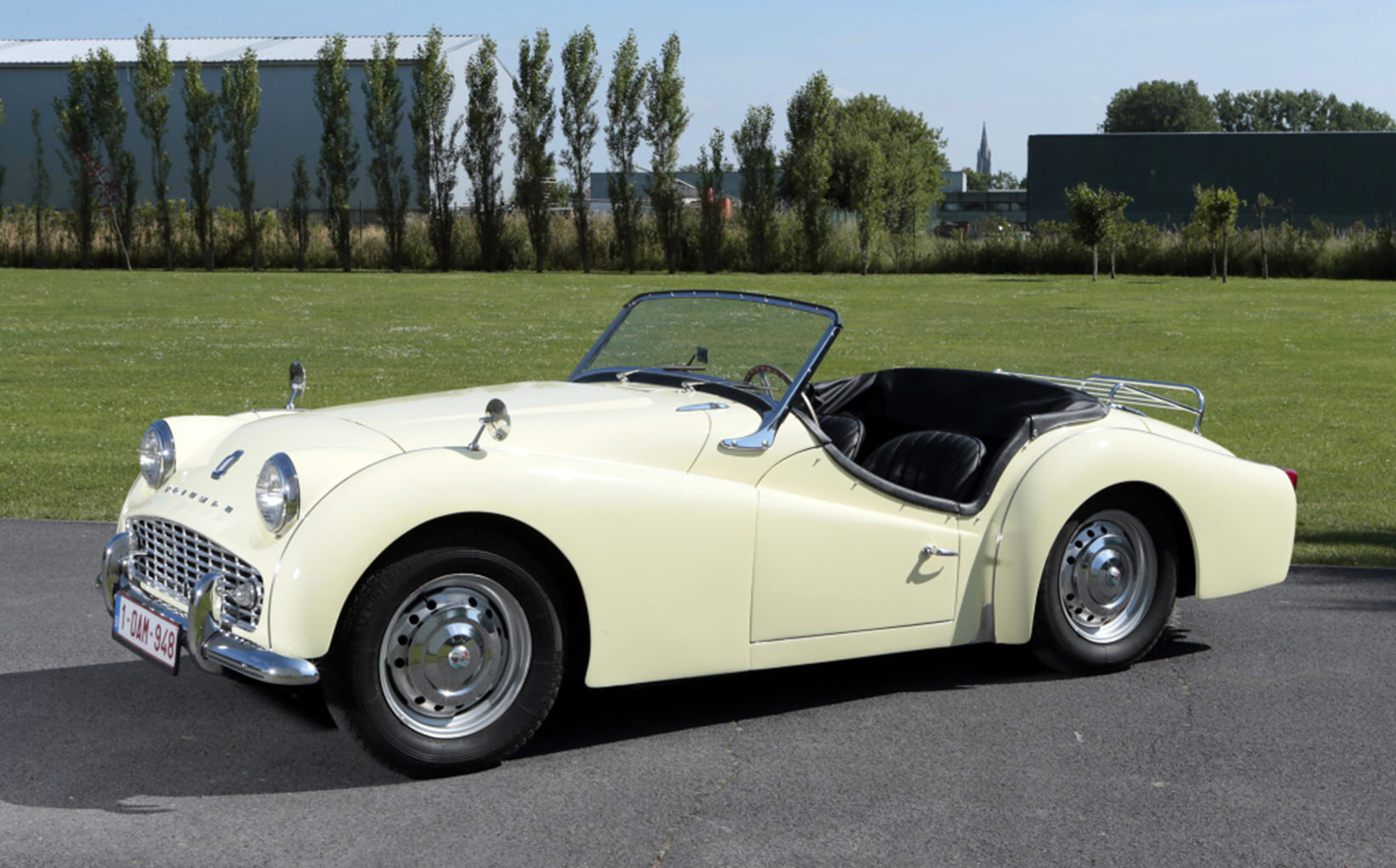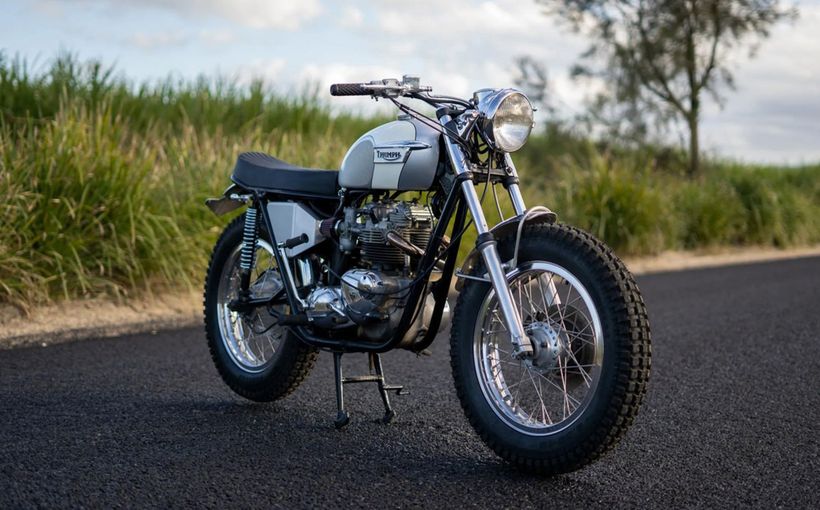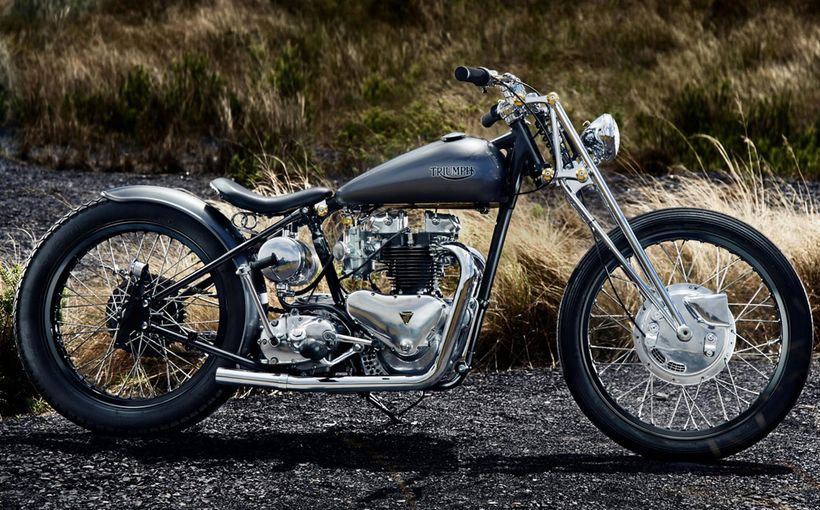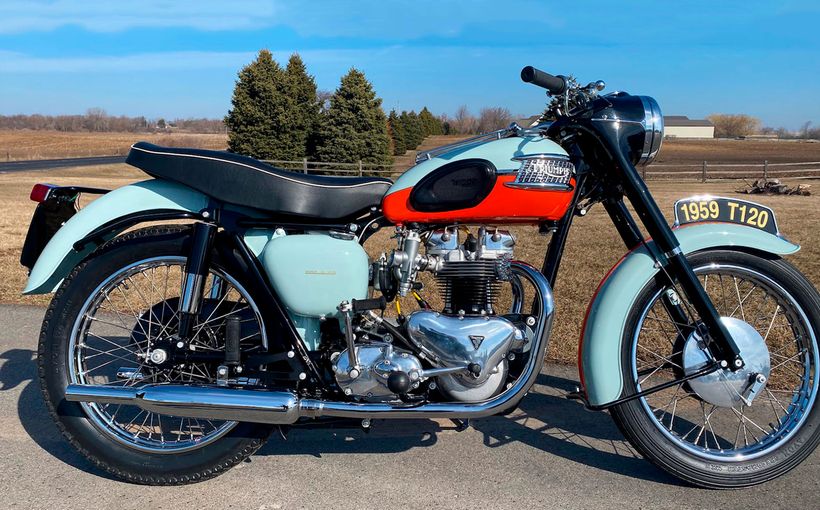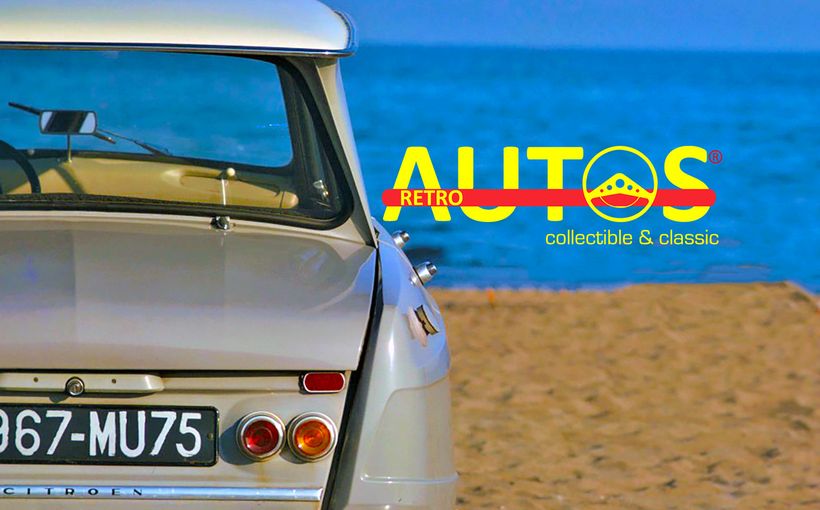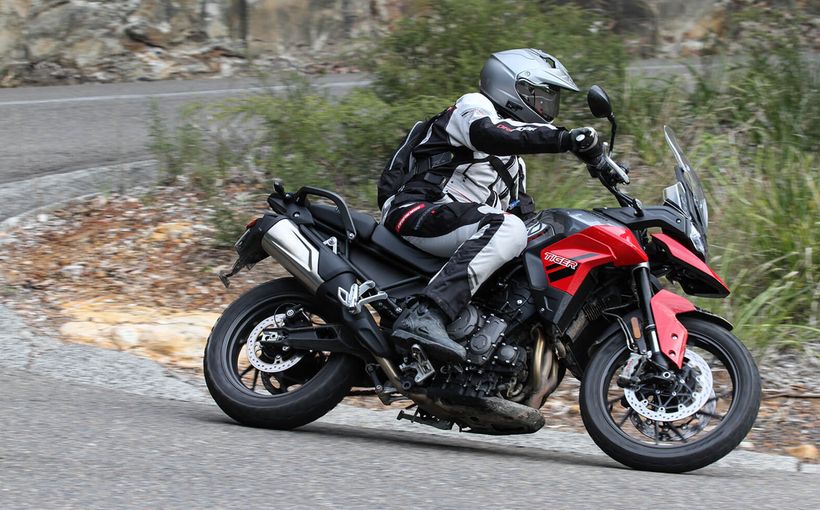Triumph TR Sports Cars: TR-ying Harder to Beat MG

From the debut of the TR2 in 1953 through to the very early 1980s and the end of TR8 production, Triumph’s TR line of sports cars provided a distinctive combination of performance, charisma and value for money. In late 1944 Sir John Black, the ambitious and commandeering chief executive of Standard Cars, acquired war-ravaged Triumph. The first new models in March 1946 were the 1800 Roadster and 1800 Town and Country (later renamed ‘Renown’) saloon, but Black was keen to enter the sports car market.
In those early postwar years, the MG TC was selling strongly in the lucrative US market and in 1948, Sir John, like practically everyone else involved with the international automotive industry, had been immensely impressed with the Jaguar XK120. While he knew he could not develop a Triumph sports car to match the Jaguar, he was confident that Standard-Triumph could obtain its slice of this market by acquiring Morgan, to whom it supplied engines.
Sir John Black approached founder H.F. S. Morgan and his son Peter in 1950 but was politely refused, the pair being determined to keep their company small and independent. Disappointed, Black immediately decided to develop his own sports car. While he would continue to supply engines to Morgan, he was eager to capture a share of their market and even more so, MG’s.

Black’s first idea was to build a Triumph copy of the TD, but his chief designer Walter Belgrove was resolute in refusing to adopt a traditional pre-war style. Belgrove conceived a simple car with flat panels wherever possible, grille-less aperture for the radiator at the front and an exposed spare wheel at the rear to appease Sir John Black’s taste for the traditional. The prototype 20TS (retrospectively known as ‘TR1’) was shown at the 1952 Earls Court Motor Show. Although the press had mixed reactions to the proposed Triumph sports car, it was clear that the stubby rear end was poorly received.
Sir John’s original plan had been to create a sports car with a top speed of 90 miles per hour, which was 10 more than the MG TD’s, but after the motor show experience, he began to think in terms of 100 miles per hour (the then magical ‘ton’), doubtless in response to the prototype Austin Healey which was another Earls Court debutant. There was never any doubt that the sports car would use a version of the Vanguard’s 2088cc four-cylinder engine and with competition in mind, this unit received new cylinder-liners and pistons for a reduced capacity of 1991cc. Initially, it produced 75bhp at 4300rpm.
Automotive historian Graham Robson, who worked for Standard-Triumph on its competition program in the 1960s, writes in his comprehensive From Tri-Car to Acclaim: Triumph Cars, the Complete Story:
Standard-Triumph had no testers with experience of such high speeds, so just before the car was first shown in public Ted Grinham [chief engineer] made a phone call to a man called Ken Richardson [racing driver] at Bourne, in Lincolnshire; he was to have a good deal of influence on the car, its fortunes and future developments.
…When asked for his first impressions, Richardson is reputed to have called the car ‘a bloody death trap’!
Richardson was invited to join the company as the development engineer in charge of the project. The major priorities were to design a new tail and dramatically improve chassis stiffness and roadholding.

Image: wheelsage.org.
The new TR2 was shown at the Geneva Salon in March 1953. Its handling woes had been sorted, bigger (10-inch) front drums had been fitted and power had been increased from 75 to 90 brake horsepower. Not only did it easily outperform the MG TF but used far less fuel in the process.
The Triumph though was the new kid on the block, while its sports car rivals had already made their reputations. Graham Robson says that Sir John Black was bent on demonstrating the TR2’s performance credentials:
Stung by the fact that Rootes had announced a two-seater 100mph sports car (the Sunbeam Alpine), and that Sheila Van Damm had driven one at more than 120 mph on the Jabbeke highway in Belgium…, he rang up Ken Richardson one morning and demanded a similar performance from a prototype TR2.
…On the morning of 20 May 1953, while the air was cold and thick, and before the wind got up, Richardson took a TR2 out for two-way timed runs over the flying kilometre and flying mile…On its first run it stuttered through the traps at nearly 105mph…It might have gone better, Richardson suggested, if the fourth plug lead had been connected!
On the next run there was no mistake. More than 124mph was achieved…
Production of the TR2 began in July 1953. Soon, options were added, including overdrive, centre-lock wire wheels and a hardtop. But success in the MG-crazy US market took longer. In 1955 just 1524 were sold in North America.

Image: wheelsage.org.
In 1955 the restyled TR3 with its egg-crate grille, extra power and optional (occasional) rear seat was released to immediate acclaim. Although the TR2 had perhaps been seen as too plain and basic by some prospective customers, the car’s amazing blend of performance and economy was widely recognised. But the TR3 hit the sweet spot with customers and sold strongly, even though MG had released the beautiful MGA. The Triumph’s performance advantage over MG was significant!

Image: wheelsage.org.
Meanwhile, Triumph’s engineering team had been learning great lessons in motorsport. In 1955 (the year of the Pierre Levegh tragedy) a team of works TR2s competed at Le Mans. The three cars all had disc brakes but in different combinations, one with Dunlop discs all round, the other two with Girling front discs and 11-inch rear drums and they performed very well. Racing does indeed improve the breed and thus it was that when the 1957 TR3 was revealed at the 1956 Earls Court Motor Show, it came with Girling front disc brakes, making it the first British production car thus equipped. (Weeks later, Jensen announced that its 541 would have Dunlop discs all round.) The TR3 also featured a more robust rear axle from the Vanguard Phase III.

Image: wheelsage.org.
Between January and August 1957, Triumph sold as many TR3s in the US as in the entire 1954-56 period, but better was to come. The TR3A with its restyled nose with full-width grille, exterior door handles and lockable boot achieved 61,567 sales worldwide, compared with 22,000 TR2s and TR3s.

Image: wheelsage.org.
But despite huge demand in the first five years, Triumph management persisted with the TR3A for too long and sales slowed with the advent of the 1960s. A larger 2138cc engine was available as an option from 1959. There was a short-lived ‘TR3B’ successor in 1962 before the new TR4 was finally, belatedly, ready for the market.

Image: wheelsage.org.
The TR4 with standard 2318cc engine (with the 1991cc also available at a reduced price) was to have the same basic chassis as the TR3A but with wider tracks front and rear, rack and pinion steering, a new all-synchromesh gearbox and, most importantly, an all-new pressed steel body designed by Michelotti. The TR4 – like its imminent MGB rival – was equipped with wind-up windows and was available with a novel hardtop, based on a design by Michelotti for a Vignale-bodied Ferrari a few years previously.

Image: wheelsage.org.
American customers loved the TR4. This was a bigger, lower, much more modern and more practical sports car. It may have been even more successful had Triumph offered an automatic transmission option (although the American distributors didn’t think so and the automatic MGB was never a success. Graham Robson puts it thus: ‘Americans wanted their sports cars to have manual transmission and left lazy motoring for the types of cars produced in Detroit.’) As it was, the majority of TR4s were equipped with overdrive. Interestingly, of the 2500 cars made before the end of 1961, just 10 had been sold in Britain.

Image: wheelsage.org.
The TR4’s biggest problem was its arch-rival MGB. Despite being not nearly as quick, the Bee was much smoother and seemingly more civilised. Its monocoque construction, elegant styling, softer ride, and tenacious roadholding appealed to a wider range of sports car enthusiasts.
Much criticism was directed at the TR4’s low-travel rear suspension – a consequence of the chassis frame running beneath the axle – with consequent bump steer. The decision was taken fairly early in the life of the TR4 to develop an independent rear suspension similar to the one to be used in the forthcoming Triumph 2000 saloon. Indeed, IRS had been mooted as early as 1955 and might have been incorporated in the TR4 had the North American Triumph importers not been dead against it on the grounds of increasing the purchase price. The TR4A with its new rear suspension was, says Robson, ‘as different in its own way from the TR4, as that car had been from the TR3A. It was yet another step along the transitory path which was to convert the rugged little TR2 into the smooth and thoroughly modern TR6.’

mage: wheelsage.org.
The TR4A arrived in early 1965, designed to accept the new independent rear suspension or a live axle for the American market. Even before the car was announced, Triumph management had decided that the era of the big-banger four-cylinder sports car of the Healey style was over and that the next TR would use a modified edition of the Triumph 2000’s six-cylinder unit.
By increasing the 1998cc six to 2498cc and equipping it with Lucas fuel injection, Triumph’s engineers achieved an output of 150 brake horsepower (SAE) at 5500rpm for the TR5. It was launched in August 1967. American customers (ie, the majority) had to make do with a 105-bhp carbureted TR5. Blessedly, the live-axle was discontinued.
The TR5 was in production for just 17 months. Well before its launch, management had already decided a restyle was necessary. Triumph engaged Karmann in West Germany – Michelotti being tied up with other projects for Leyland, including Triumph – to develop a major facelift while retaining the existing scuttle, doors and inner panels. Karmann’s first clay model was approved in September, just weeks after the TR5’s announcement.

Image: wheelsage.org.
Launched in January 1969, the TR6 was produced until July 1976, by which time almost 95,000 had been sold. But despite its rakish streamline, fuel injection and independent rear suspension, the new Triumph sports car was widely viewed as yesterday’s – even the day before yesterday’s – machine.

Image: wheelsage.org.
Its TR7 successor was an utterly different kind of sports car – it had a fixed roof, for a start. The TR7 was available in the US in 1975 but did not arrive in Australia until mid-1978.

Image: wheelsage.org.
The TR7 – like Mazda’s RX-7 – had been conceived for a post-convertible world, thanks to anticipated US safety legislation which was never passed. Although early product planning was for a two-seater sports car, it was rapidly changed for a coupe. Power was supplied by the Dolomite sedan’s 2.0-litre four-cylinder engine; sadly, the advanced 16-valve unit remained unique to the Dolomite Sprint. But there was a slick-shifting five-speed gearbox. The TR7’s excellent dynamics served to accentuate the feeling that the performance, though respectable, was a little tame. An extremely well-located live rear axle contributed to the TR7’s great handling and no-one lamented the old IRS! Harris Mann’s radical styling was polarising but certainly contributed to the TR7’s unique character.

Image: wheelsage.org.
Sadly, the TR7 never achieved its potential and drastic industrial action brought British Leyland to its corporate knees. Quality control suffered. Effectively a whole year of production was lost, creating a massive loss of confidence in the Triumph brand in the all-important US market.

Image: wheelsage.org.
In July 1979, the TR8 was launched in North America. With its powerful all-alloy Rover 3.5-litre V8, here finally was another outstanding Triumph sports car. The TR8 was never officially sold in either the UK or Australia and – paradoxically given the decision to build the TR7 as a coupe only in deference to anticipated US legislation which never happened – all but 300 TR8s were convertibles.

In summary, the TR2 paved the way for a succession of popular Triumph sports cars and sedans from 1953 until the late 1970s. The pinnacle of the TR sports car era though was undoubtedly the last of the TR3As when equipped with the optional larger engine. The 3A consolidated the competitive edge the TR2 had enjoyed over the MG TF and Sunbeam Alpine, comprehensively out-performing the MGA (except for the blighted Twin Cam!). Successive models proved no faster until the coming of the TR5, by which time this kind of traditional muscular and unsubtle British sports car was beginning to seem quaint and old-fashioned in the context of marvellous coupes like the Fiat 124 Sport and, frankly, even Ford Australia’s XR Falcon GT sedan.

